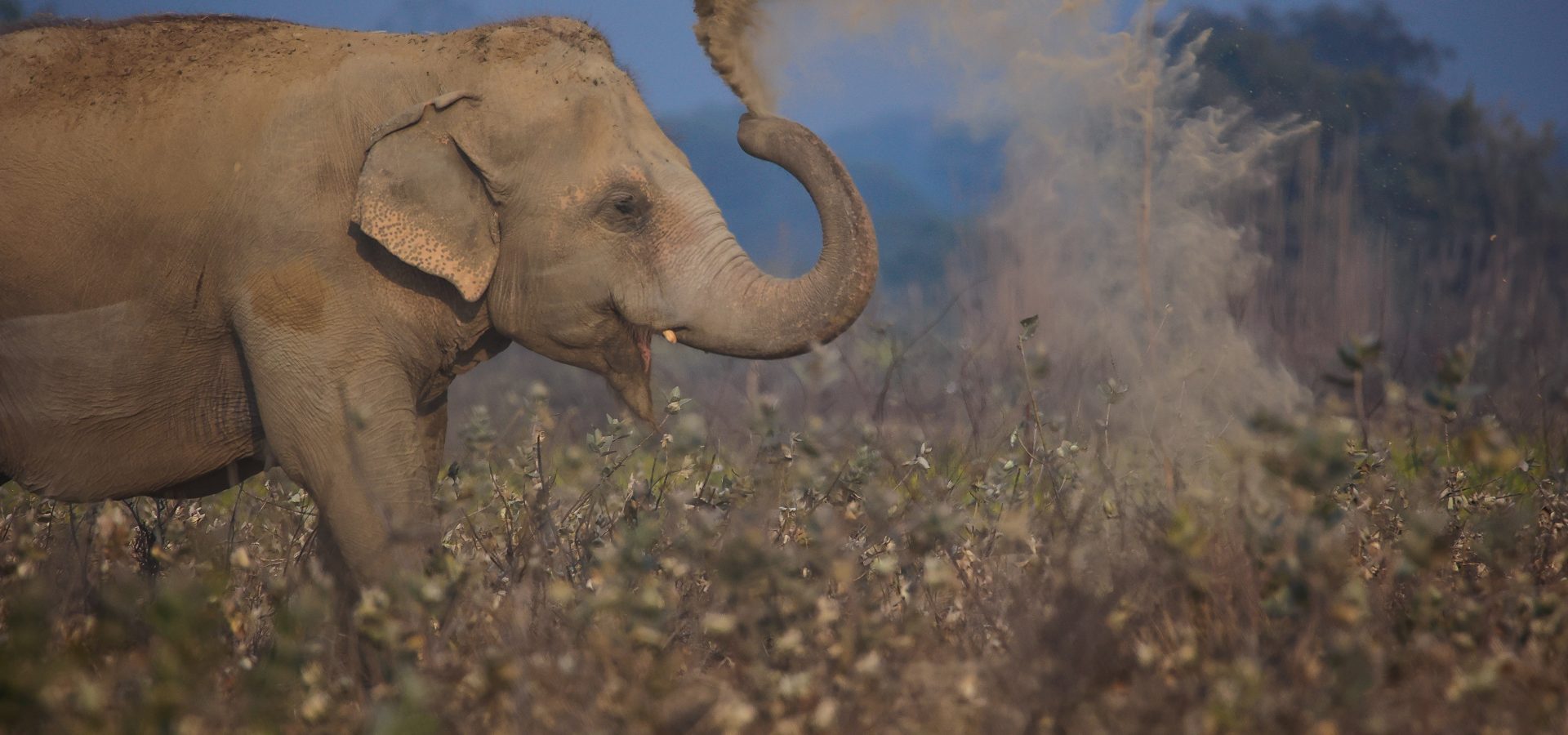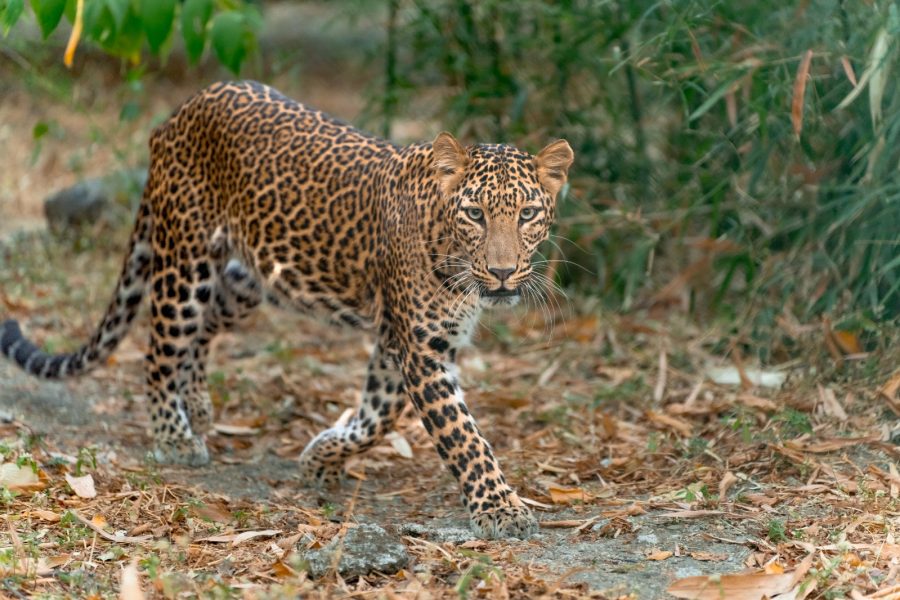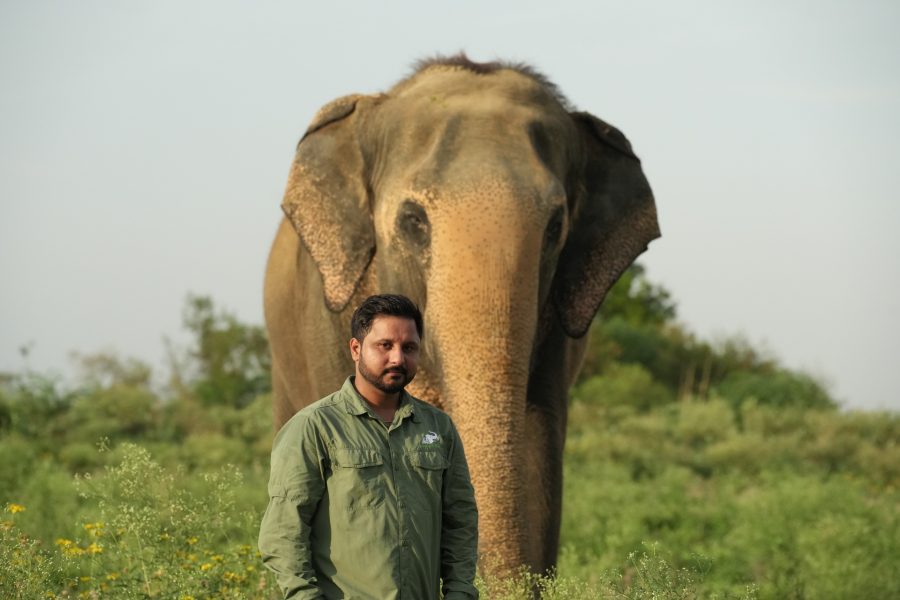Colossal animals are often associated with giant myths and misconceptions. Little is known about their traits and behaviour. Elephants are the largest land mammals but have been misused in captivity for various nefarious activities that have grossly affected their health. It’s about time we equip ourselves with the right knowledge and information as a first step to safeguard wildlife.
Myth 1: Elephants Bob their Heads in Amusement
Elephants are often observed bobbing their heads, which is misinterpreted as entertainment or amusement.
Fact
People find head bobbing interesting, but in reality, it is a part of elephants’ stereotypic behaviour. Stereotypic behaviour is displayed by animals who have experienced trauma and are therefore anxious. Captive elephants have often endured lives filled with pain, suffering, and hardship. These traumatic experiences are not easily erased from their memories, and it can take many years for them to overcome the harsh treatments they have faced. Head bobbing is a result of these terrifying memories. Repeated thrashings, acute malnutrition, pokes from bullhooks, and being tied with heavy chains are all physical tortures that elephants go through in cruel captivity. These further result in psychological distress. Known for their strong and long living memory, how can these gentle giants possibly forget such ill treatment? The abuse is sure to remain in their minds for years.
Myth 2: Elephants Throw Dust on Themselves to Hide from Predators
According to this myth, elephants toss dust over their bodies as a means to camouflage themselves from potential predators. It is believed that the dusty coat helps them blend into their surroundings, making it harder for other predators to detect their presence.
Fact
Wrong! This myth, while it is captivating, is not rooted in truth. The reality behind this behaviour is far more intriguing, yet practical. Elephants do engage in dust bathing, but their motives are quite different from what is mistakenly believed.
Elephants engage in dust bathing primarily to ensure optimal skin health and hygiene. The rough texture of the dust plays a vital role in exfoliating their thick skin, effectively removing parasites, dead skin cells and excessive oils.
Moreover, the added layer of dust serves as a protective shield against the intense sun, safeguarding the elephant’s sensitive skin from harmful UV rays. This natural dust coating acts as a barrier, reducing the risk of sunburns and potential skin infections, ultimately contributing to the overall health and wellbeing of these pachyderms.
Myth 3: Elephants Use their Trunks like Straws to Drink Water
Many think that elephants drink water through their trunks, just like a straw, due to the long and flexible nature of their trunk.
Fact
It is true that an elephant’s trunk is an incredibly intricate and versatile body part, composed of over 40,000 muscles that provide the animal with an array of capabilities such as grasping objects, communicating, and even smelling. While elephants do use their trunks to collect water, they do not consume it directly through this method. Instead, they suck water up into their trunks and then skillfully spray it into their mouth! The fascinating behaviour showcases the adaptability and intelligence of these elephants.
Myth 4: All Elephants have Tusks
Tusks are elongated teeth that extend from the upper jaw of an elephant and are primarily composed of dentin. The structure serves various purposes such as digging, lifting objects, and defence against predators or other threats. Hence, the myth that “all elephants have tusks” persists.
Fact
Let’s give this misconception a reality check!
The incisors protruding above the lower lip are called Tusks while the incisors growing below the lower lip are called tushes. In Asian elephants only males have long tusks while in African elephants both male and female have long tusks.
- Male elephants usually have tusks, although not all of them develop prominent ones. Walnut being a male makhana has small tushes and Macadamia the male elephant doesn’t have any incisors at all.
- Female Asian elephants rarely have tusks, and some may not develop them at all. On the other hand, the small, less developed tusks that some female Asian elephants may possess are called Tushes. The main difference between tusks and tushes is their size, shape, and function.
- Male elephants without visible tusks are often referred to as makhnas or tuskless males. Tusklessness in elephants is a natural variation and can be influenced by factors like genetics and environmental conditions.
In areas with intense poaching, elephants without tusks may have a better chance of survival since they are less targeted by ivory poachers.
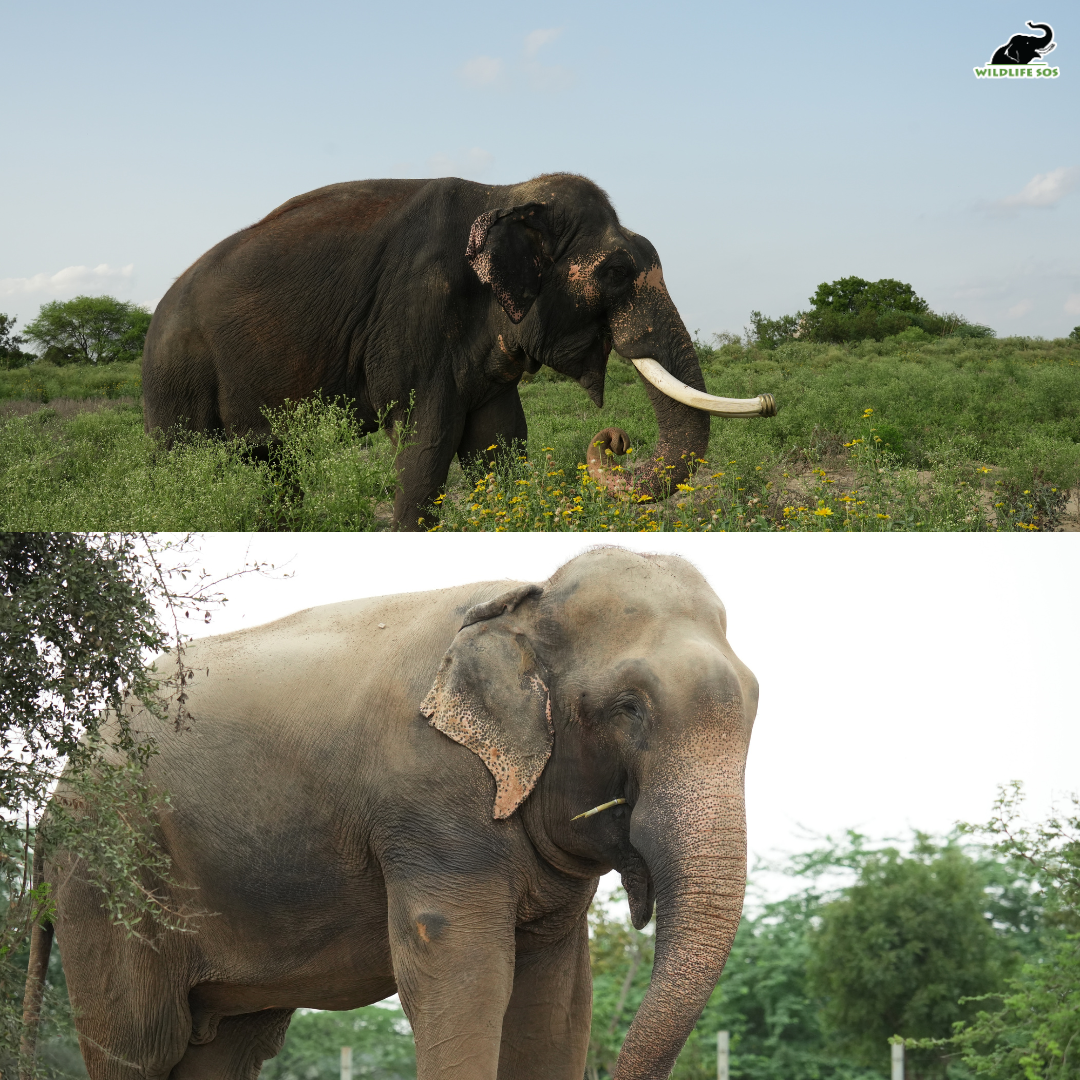
Myth 5: Elephants can’t Run or Swim
Large animals like elephants are not associated with speed, and hence assumed to be incapable of running. Their heaviness also makes many think that the animal just cannot float, let alone swim.
Fact
Elephants can run, and they can also swim! In fact, swimming is one of their favourite pastimes, as we have observed at our own centres. Holly, one of our pachyderms, is extremely fond of spending time in her pool. Elephants are impressive animals with surprising physical abilities.
- Running: Elephants are not as fast as other animals, but they can run indeed. They can reach speeds of up to 40-48 kilometres per hour (or 25-30 miles per hour) for short distances.
- Swimming: Elephants are excellent swimmers and are known to be quite at ease in the water. Using their trunks like snorkels, they keep them above the water surface to breathe while gliding through the water. Elephants can swim across rivers and lakes to reach new feeding grounds or escape potential threats.
Myth 6: Riding Elephants for Entertainment
One unfortunate myth about elephants is that their size enables them to carry several people on their back at once and this is why these pachyderms can be found at tourist sites for enjoyable activities.
Fact
In reality, elephants are not physically designed to carry heavy weights or bear the burden of human riders. The constant strain on their spines can result in serious injuries and long-term harm. Elephants are mounted with wooden carriers (or howdah as they are popularly known as) on which people sit for entertaining rides. As a result of this, many rescued elephants at Wildlife SOS centres were found to be suffering from spinal problems when they were initially examined by our veterinarian staff. One such pachyderm at the centre is Nina, who was a begging elephant and lived a life of suffering for 60 long years. Despite being blind, she was forced to give rides daily, and was also showcased as a prop in wedding ceremonies. After being rescued, the veterinarians found swelling and inflammation in her spinal region that required immediate attention. Nina was also diagnosed as being severely underweight and malnourished.
Most elephants that are forced to endure this practice come from a traumatic past. They are separated from their wild herd as young calves in order to train them to serve the purpose of their captors. A process known as Phajaan is employed, which tragically aims to break the elephant’s spirit and its will to resist commands. As mentioned earlier, such trauma leads to physical and psychological distress for elephants who begin to display stereotypical behaviour.
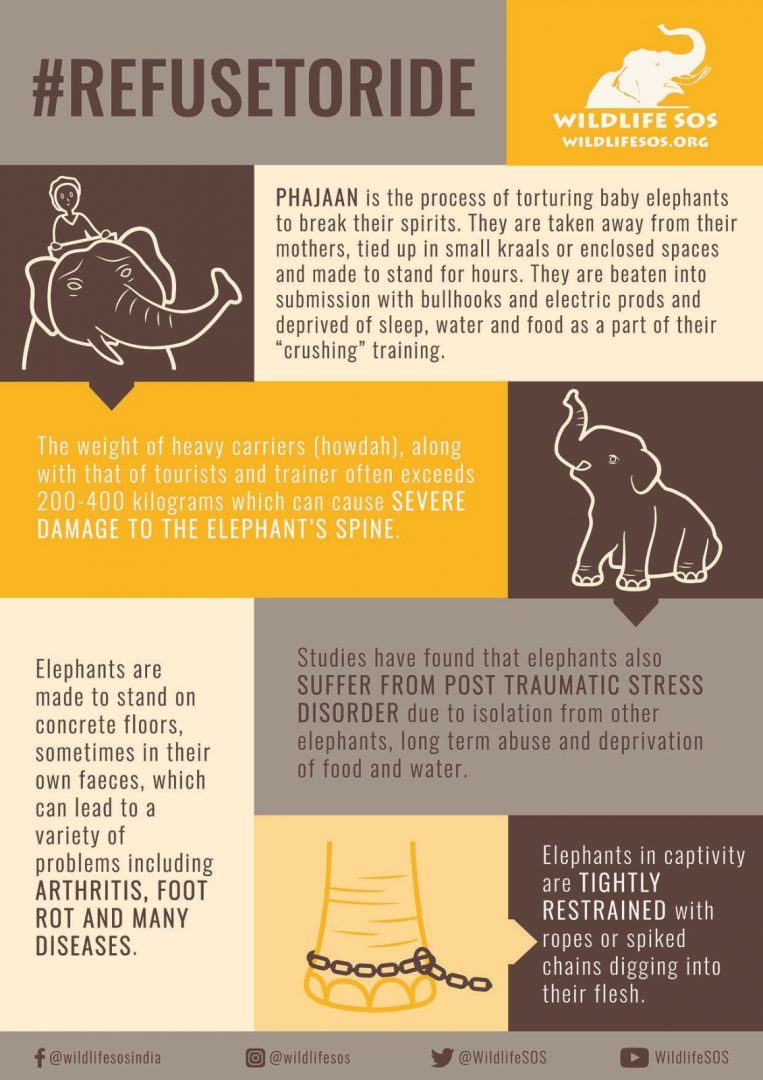
If you come across any of the above myths in conversations about elephants, take a stand and guide people with the right knowledge. It is important to make ourselves aware of the correct information. From riding an elephant to getting amused by their stereotypic behaviour, we can now be more mindful by discouraging such practices. Sign and share our Refuse to Ride petition so that elephants are not abused in the tourism industry!

